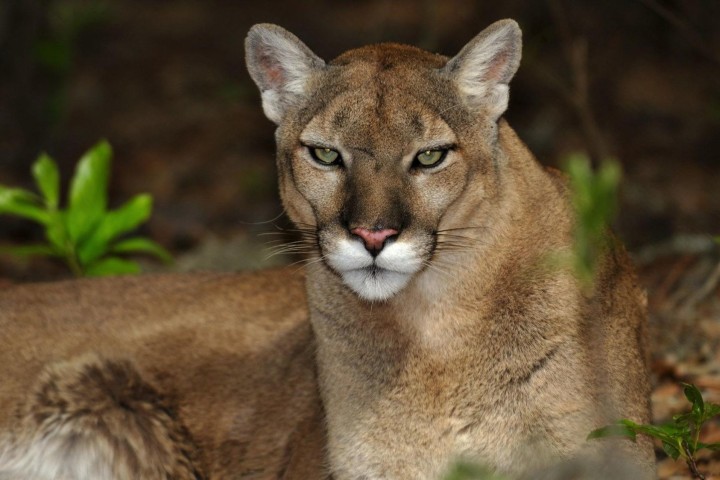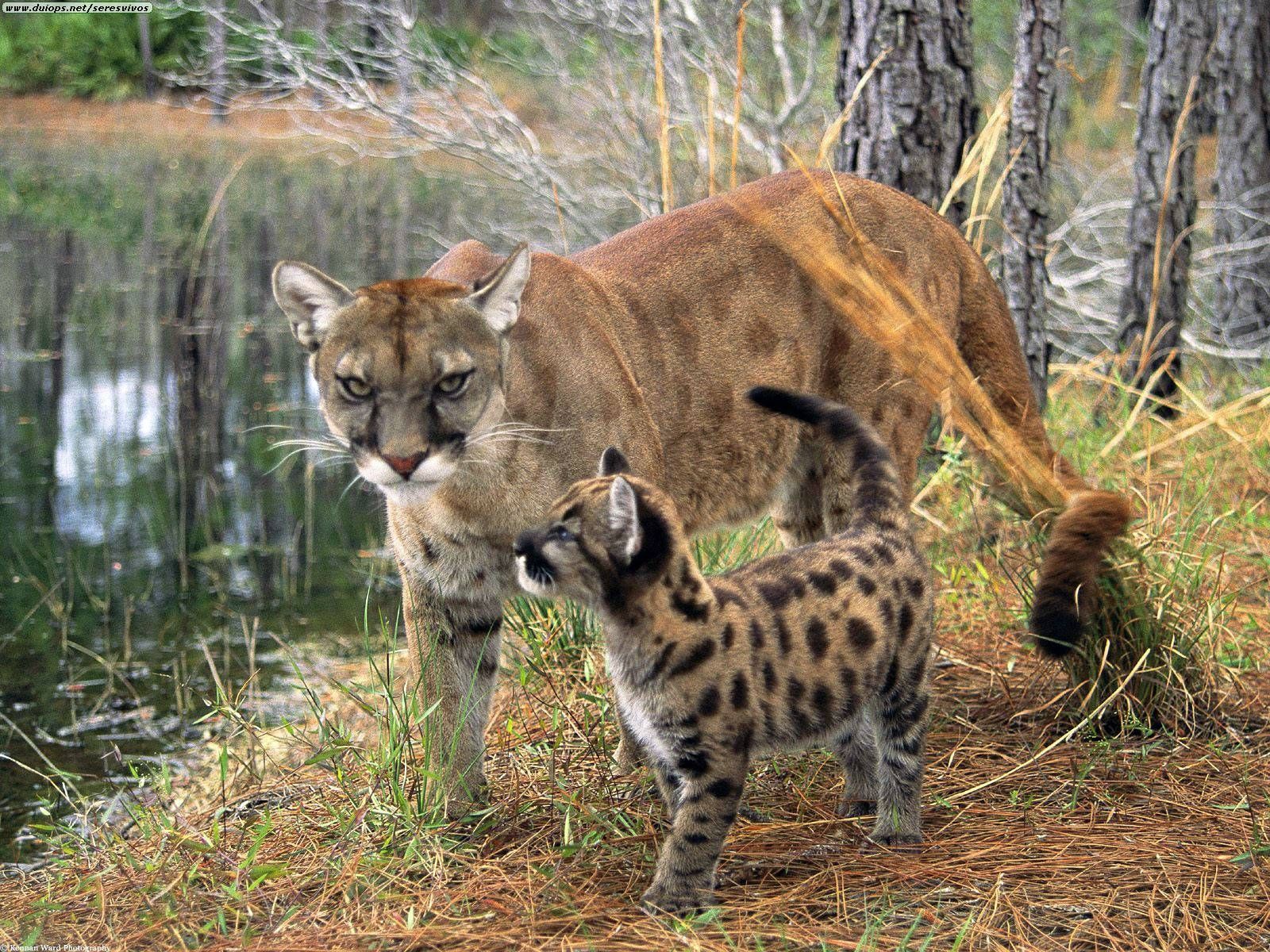The extinction of the endangered Florida panther could be hastened by a large development proposed for the state, environmental groups are warning, as a major project is expected to win approval from the Trump administration as early as April.
Up to 45,000 acres of rural Collier county in south-west Florida are earmarked for housing and commercial development under the plan drawn up by a coalition of 11 major Florida landowners, as well as new sand and gravel mines.
Several new cities would be created by the project, adding hundreds of thousands of new residents and hundreds of miles of new roadways.
But almost half of the proposed area of construction falls within what US Fish and Wildlife Service (FWS) scientists recognise as “primary zone” for dwindling numbers of the Florida panther, a subspecies of puma of which barely 200 adults are believed to survive.
The FWS says preservation of the entirety of the big cats’ hunting and roaming zone, which incorporates about 20,000 acres of the Collier development, is “essential for the survival of the Florida panther in the wild”.
“This area was never intended for this amount of development,” said Amber Crooks, environmental policy manager of the Conservancy of Southwest Florida.
“These parts of Collier county contain a lot of important habitat for the Florida panther and also so many other rare species and has important public lands on each corner. The best available science tells us the panther needs all its available habitat to survive and ultimately recover,” she said.
“The top concern is habitat loss, but there’s also the impact of traffic. Every year dozens of panthers are struck and killed by vehicles. What’s going to happen when you add 300,000 people to an area that is already very deadly [for them]?”
The FWS must approve or reject the “habitat conservation plan” (HCP) submitted by the landowners, known collectively as Eastern Collier Property Owners, by the end of April. Under the Endangered Species Act, government approval is required when an otherwise lawful development could result in an incidental “take” of any listed species.
Crooks’ group, along with the Sierra Club and Center for Biological Diversity, submitted 20,000 signatures and a 100-page letter of objection to the FWS during a 45-day public comment period that ended last month. Crooks said the service rejected their request to extend the comment period or hold a public meeting, in a letter citing shorter Trump-era deadlines for the process.
“It was a quick 45 days,” she said. “Certainly we would have liked more time.”
Other environmental groups, meanwhile, have worked with the landowners on a mitigation plan that promises $150m for panther conservation and 107,000 acres of non-primary zone land for preservation in exchange for development approval.
Elizabeth Fleming, the Florida representative of Defenders of Wildlife, said previous developments had won approval despite the outright opposition of environmentalists, and collaboration could provide a better outcome for wildlife.
“We’re not evil people who are being conscripted by the landowners to do thus and such,” she said. “When landowners can better trust in government policies and work together with conservation groups, we can come up with a successful paradigm that can be replicated elsewhere.
“And with sea level rise predictions, some of the habitat available to the panthers now will no longer be. They’re going to need to move north through private lands because there just isn’t enough public conservation land, so the willingness of private landowners to accept sharing their land with these predators is so important.”
Fleming said the landowners have been mostly receptive and made changes to the plan, including widening of corridors through which panthers would travel. “We have identified areas that shouldn’t be developed that they have avoided, and helped them make some of the travel linkages wider,” she said.
“At the beginning they only wanted to work with panthers and we persuaded them to incorporate other species. That’s not to say we are completely satisfied with what they have turned in to FWS. We continued to submit comments as part of the public process and hope they will take into account some of our suggestions and make this plan better.”
Crooks, however, is sceptical the approach has been successful. “Even after a decade of trying both from the inside with those groups sitting at the table with the landowners, and pushing from the outside, this plan still has so many fatal flaws that we hope the service will see, and deny it,” she said.
Christian Spilker, vice-president of land management for Collier Enterprises and spokesperson for Eastern Collier Property Owners, did not return several messages for comment, but in a December opinion piece in the Naples News claimed the landowners were “good stewards of the land and treasured native wildlife”.
“The HCP preserves 156 sq miles of high-quality habitat forever available to the Florida panther and a vast number of other protected and native species,” he wrote.
“[It] preserves the land with the highest ecological values while establishing a limited, clustered development footprint that directs growth to areas already impacted by agriculture and other activities.”
The latest proposed encroachment on shrinking panther territory is far from an isolated example. Rising waters both in the ocean and the Everglades also threaten the rare animal. Its cousin, the eastern cougar, was declared extinct in 2015.


